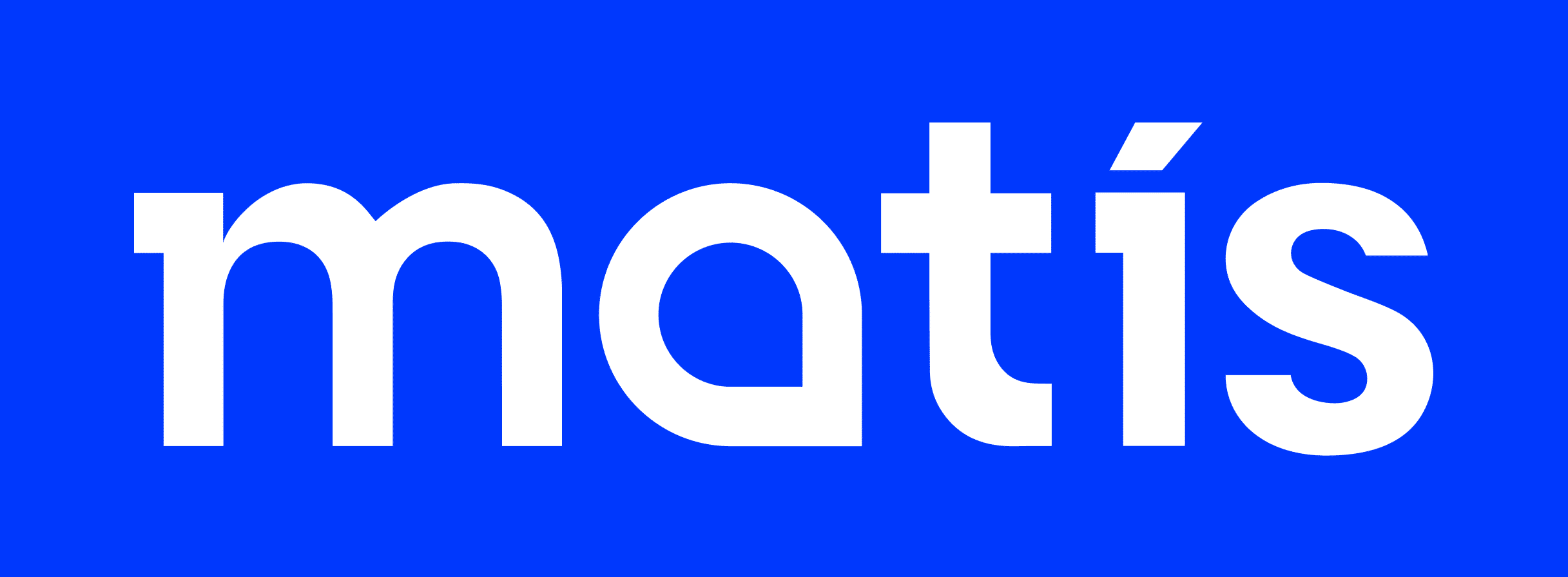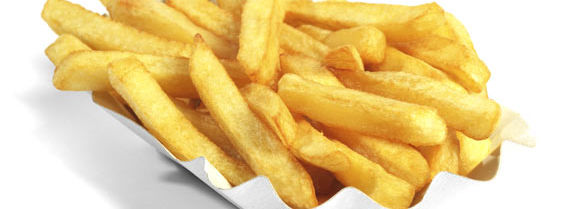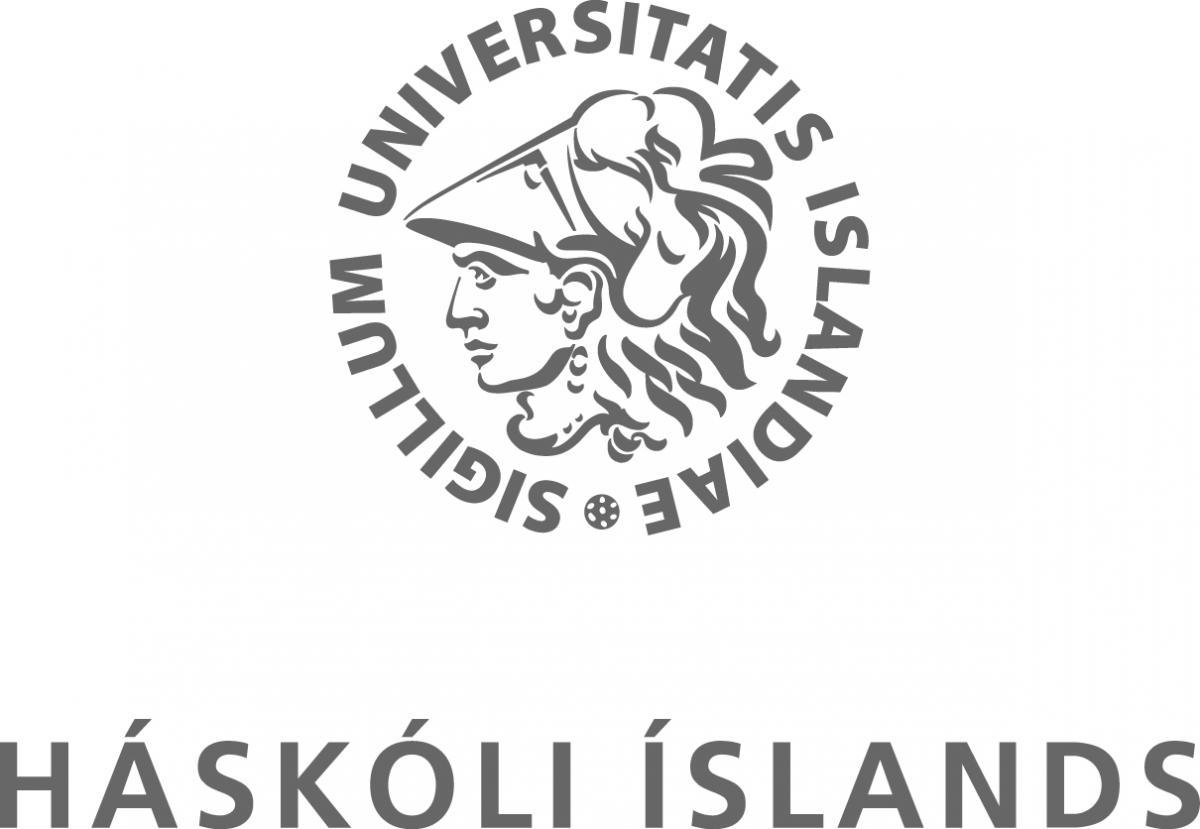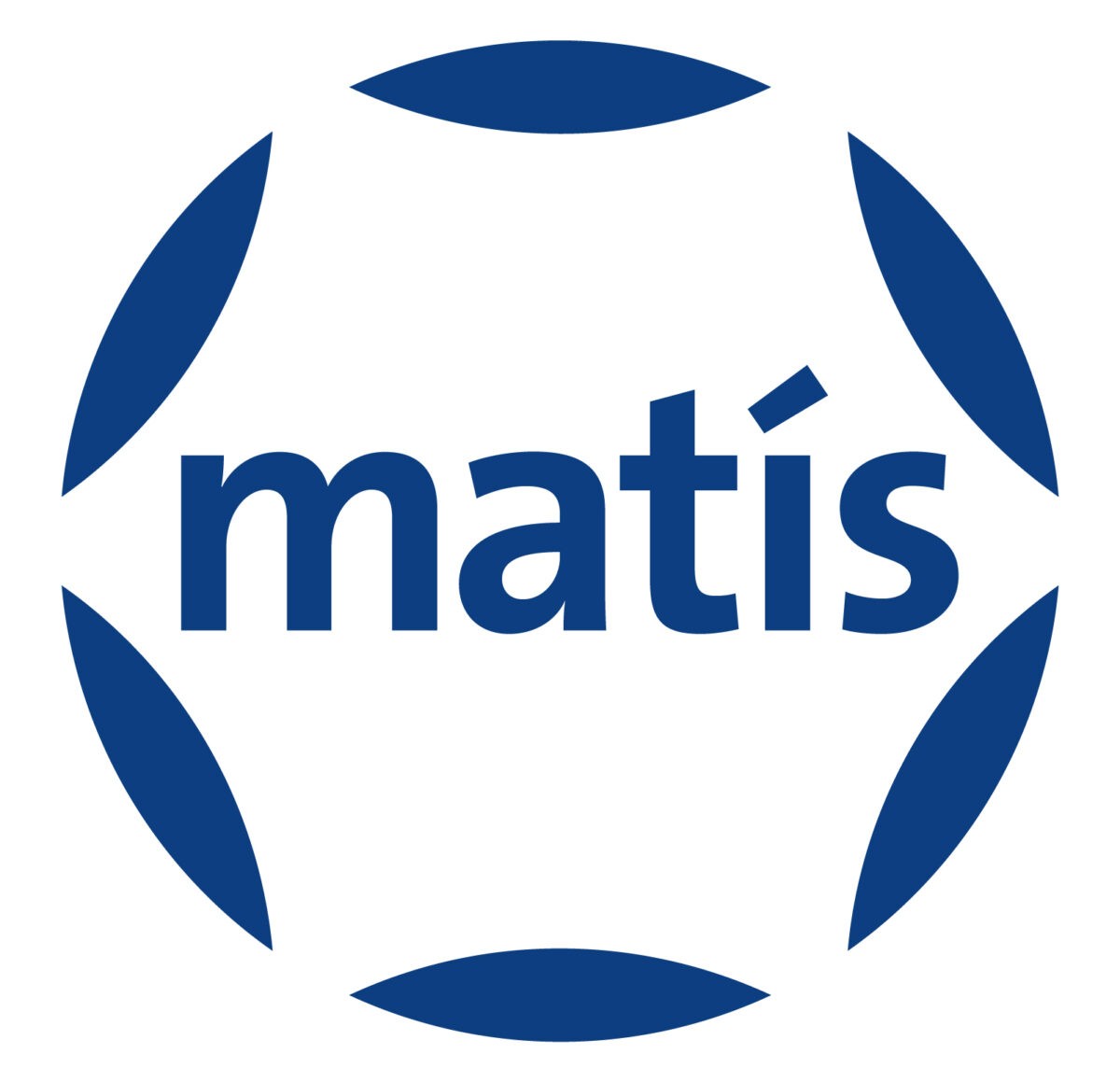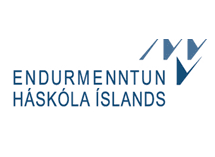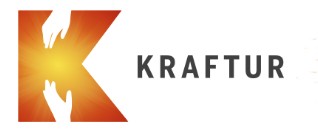In 2008 and 2009, Matís' fatty acid analyzes were performed on 51 food samples in order to update data in the ÍSGEM database on the chemical content of food. The project was carried out in collaboration with the Public Health Institute and the Food Administration.
Emphasis was placed on examining the amount of trans fatty acids in processed foods, so samples of table margarine, baked goods, deep-frying fats, food from fast food places, ice cream, biscuits, snacks and sweets were taken.
Dietary recommendations recommend that people eat as little trans fatty acids from industrial raw materials as possible. It is also recommended to limit the consumption of saturated fatty acids. In this way, the risk of heart disease can be reduced. There has been a lack of information on trans fatty acids in food on the Icelandic market, but now it has been improved to some extent.
A large study was conducted on fatty acids in all categories of food on the Icelandic market in 1995. The results now show that the proportion of trans-fatty acids for almost all foods is lower than before.
In all food categories, at least some of the samples were detected with little or no trans fatty acids, which is a big change from what has been the case. For example, there were almost no trans fatty acids in the types of biscuits examined. This shows that the food industry has found ways to produce products without trans fatty acids. However, a considerable amount of trans fatty acids was detected in some samples of margarine, baked goods, ice cream and popcorn. It is clear that manufacturers can improve these products and get rid of trans fatty acids. The results are in line with the fact that in many countries good results have been achieved in reducing trans-fatty acids in food.
The results of the fatty acid analyzes are summarized for fatty acid categories in a table on the next page.
The main results of the measurements were:
a. The proportion of trans fatty acids in the foods that had been analyzed had generally decreased since 1995, when a large study was conducted on fatty acids in Icelandic foods.
b. Biscuit samples were very low in trans fatty acids (below 0.8% in fatty acids). Samples of sweets were low in trans fatty acids (below 2% of fatty acids). In fast food samples, trans fatty acids were below 3.5% of fatty acids.
c. Samples of table margarine, baked goods, vegetable ice cream, margarine and snacks contained foods from some producers with a lot of trans fatty acids, but in samples from other producers the amount of these fatty acids was insignificant. This shows that it is feasible to produce these foods without trans fatty acids.
d. The labeling on the packaging did not in all cases pass the products being inspected. Packaging for one biscuit sample indicated that trans-fatty acids were present in the biscuit where vegetable fat was specified to be partially hardened. However, it did not turn out to be right, the biscuit was free of trans fatty acids.
In Denmark, the maximum value for trans fatty acids from industrial raw material is 2% of all fatty acids. The ratio is below this limit for 27 brands and types of aggregate samples out of a total of 42 or 64% of all brands and types of aggregate samples.
It should be noted that although trans fatty acids are eliminated from certain foods, there is still a possibility that the product contains saturated fat, perhaps in large quantities.
Although trans fatty acids are generally not labeled on food packaging, consumers can still draw certain conclusions from the ingredients. If vegetable oil is the only fatty ingredient, it can be assumed that the food does not contain trans fatty acids and that saturated fatty acids have been kept to a minimum. Particular attention should be paid to this in the ingredients descriptions for breads, cakes and biscuits. It should be borne in mind that coconut fat and palm fat are hard plant-based fats and are high in saturated fatty acids. If partially hydrogenated fats appear in the description of ingredients, trans fatty acids can be expected. Hardened fats, however, are not proof that trans fatty acids are present in the product, but a considerable amount of saturated fatty acids must be assumed.
The overall results from the above study will soon be published in the ÍSGEM database.
For further information, please contact Ólafur Reykdal, olafur.reykdal@matis.is.
Results of fatty acid analyzes of food in 2008 and 2009 (pdf file).
